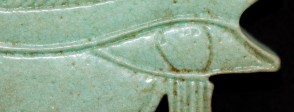Because ordinary people were excluded from the rituals of state religion, they found their own ways to worship, praying to images of the gods in local chapels or their own homes. They might drink water that had been poured over divine statues to cure or prevent diseases. Those who could afford it dedicated stelae (slabs of wood or stone carved with prayers) to the deities; some of these were carved with ears, to make sure their prayers were heard. Some went on pilgrimage to temples and made offerings there, quite often of mummified animals. Nearly everyone wore amulets to protect them and bring them good luck and many also used magic spells and charms.
Amuletic necklace
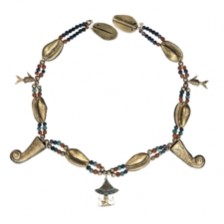
String of beads with amulets in gold and semi-precious stones; 1991 – 1750 BC.
See more See more: https://www.google.com/culturalinstitute/beta/asset/string-of-beads-with-amulets-in-gold-and-semi-precious-stones/MQFFpV4clUDvGgMagical or fertility figurine
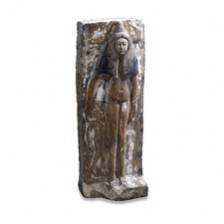
A woman and her baby lying on a bed; 1300 – 1200 BC.
See more See more: https://www.google.com/culturalinstitute/beta/asset/limestone-figurine-in-the-form-of-a-woman-and-her-baby-lying-on-a-bed/GwEv3BvJcbazJwWooden figure of Bes
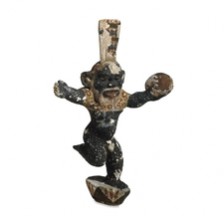
Bes, the protector of children and women in childbirth; around 1300 BC.
See more See more: https://www.google.com/culturalinstitute/beta/asset/wooden-figure-of-bes-playing-a-tambourine/mwF0nEfKSw051QBlack stone stela
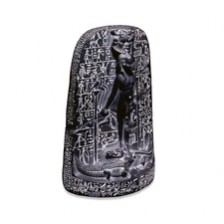
Cippus (stela) of Horus, used to cure bites and stings and protect against attacks from animals; about 600 – 200 BC.
See more See more: http://www.britishmuseum.org/explore/highlights/highlight_objects/aes/b/black_steatite_cippus.aspxHearing ear stela
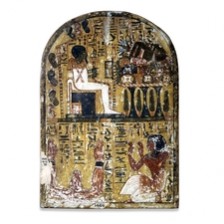
Dedicated to the creator god Ptah; around 1250 BC.
See more See more: https://www.google.com/culturalinstitute/beta/asset/limestone-stela-of-penbuy/RAEz4enOLjDotwProtection from a queen
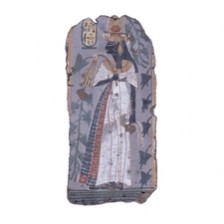
Painting of Queen Ahmose-Nefertari from a craftsman’s tomb; around 1145 BC.
See more See more: https://www.google.com/culturalinstitute/beta/asset/fragment-of-painting-from-the-tomb-of-kynebu-ahmose-nefertari/fgE2goP6SM8ljgMummy of a cat
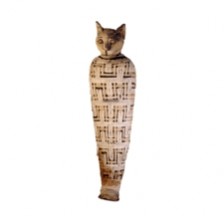
Mummified cat made as an offering to Bastet; perhaps 1st century AD.
See more See more: https://www.google.com/culturalinstitute/beta/asset/mummy-of-a-cat/EQH9wTOgBOJGLg

